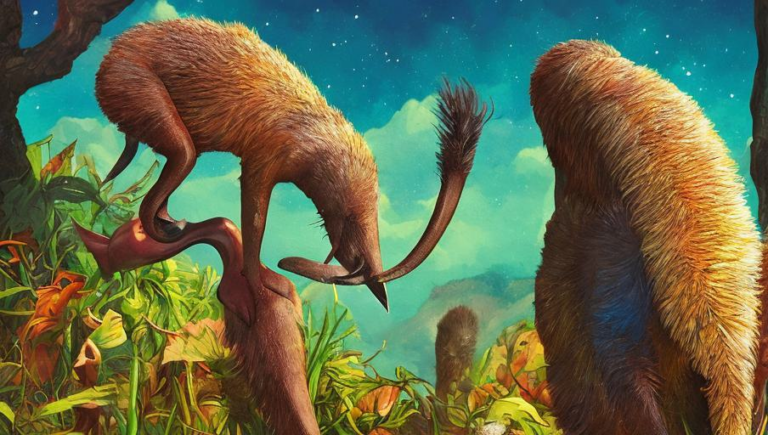Getting to Know the Alligator

Introduction
The alligator is a living fossil, having existed on Earth for millions of years. Alligators are a type of reptile, and they have many unique physical characteristics that make them well adapted to their habitats. Alligators are found in the southeastern United States, as well as in parts of China and Mexico. They are highly social animals and form strong bonds with their family members. Alligators are an important part of many ecosystems, and they play an important role in maintaining a healthy balance of species.
Physical Characteristics
Alligators are reptiles, and they are easily identified by their long snouts and black-green coloration. The American alligator is the largest reptile in North America and can grow up to 15 feet in length and weigh up to 1,000 pounds. Alligators have powerful jaws, sharp teeth, and a muscular body that helps them move quickly in water and on land. They have four short legs and a long tail used for swimming.
Habitats
Alligators inhabit freshwater wetlands, rivers, lakes, and swamps. They prefer shallow water and muddy areas, and they can be found in the coastal marshes of the southeastern United States. Alligators are also found in parts of Mexico and China, but they are not as abundant in those areas. Alligators need warm temperatures to survive, and they can be found in areas with temperatures ranging from 78 to 95 degrees Fahrenheit.
Diet
Alligators are carnivorous and feed on a variety of animals, including fish, frogs, turtles, small mammals, and birds. They can also feed on carrion, which is the remains of dead animals. Alligators have powerful jaws and sharp teeth that allow them to capture and eat their prey. They typically hunt at night, when their prey is more active.
Behavior
Alligators are highly social animals and live in family groups called pods. A pod typically consists of one male and several females, along with their offspring. Alligators communicate with each other through a variety of vocalizations, and they are also capable of displaying complex emotions such as joy and anger. Alligators are also territorial and will defend their territory from intruders.
Conservation
Alligators are an important part of many ecosystems, and their presence helps maintain a healthy balance of species. Unfortunately, their populations are threatened by human activities such as hunting, habitat destruction, and pollution. It is important to protect alligator habitats and to take steps to ensure their future survival.
Conclusion
Alligators are fascinating creatures with many unique physical characteristics and behaviors. They are an important part of many ecosystems, and it is important to protect their habitats and ensure their future survival. By learning more about alligators, we can gain a better understanding of these amazing creatures and the importance of conservation.





